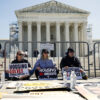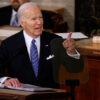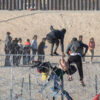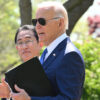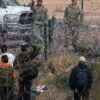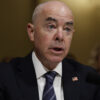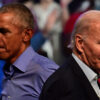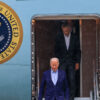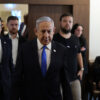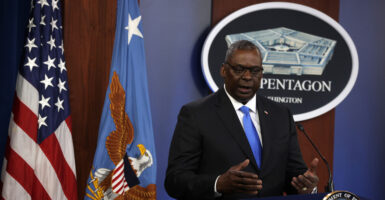After almost a year of work, the secretary of defense on Dec. 20 released a report on findings regarding extremist activities in the U.S. military and actions to be taken to counter them.
After all that’s going on in the world, it must be heady stuff to warrant so much of the secretary’s time.
Spoiler alert: It doesn’t.
Despite the Chinese’s massed air formations near Taiwan or Russia’s 100,000 troops poised for war near the Ukraine border, there’s a bigger threat seemingly on the defense secretary’s mind; namely, extremism in the ranks.
The numbers, however, don’t support his concern, and it’s likely there’s another agenda in play.
First, the numbers. You’d be forgiven for thinking there’s a pandemic of extremism among our military members after watching our military leaders testify on the issue or listening to the mainstream media.
When all the smoke clears, an objective assessment doesn’t support that conclusion, and no report to date has delivered any data to indicate otherwise.
Indeed, the secretary’s own spokesperson reported that prohibited extremist activity amounted to “fewer than 100 incidents” over the past year. That’s in a force of more than 2 million men and women.
Moreover, responding to a request in 2018 from then-Rep. Keith Ellison, D-Minn., the Department of Defense reported only 27 incidents of extremist activity over the previous five years.
The Pentagon’s vigorous response to these underwhelming numbers includes actions to consider changes to the Uniform Code of Military Justice, better information sharing with law enforcement, screening of service members, and increased training and education.
Those seem reasonable, if applied with equal jurisprudence, but there’s reason for concern.
However, why did Defense Secretary Lloyd Austin on only his 12th day in office issue directives to hunt for extremists in the ranks? The only plausible explanation is political.
Only after the hunt for extremists had gotten underway did the secretary issue a directive to review the Pentagon’s China policies—inarguably a more pressing issue for national defense.
The galvanizing event for the concern over extremism was the Jan. 6 riot at the Capitol, which involved a number of ex-military members. The riot was a national embarrassment, demonstrating inexcusable incompetence in planning and policing—for which no one in government has been held to account.
However, a substantial effort was launched to track down rioters and to lock them up in solitary confinement for months, including those without a prior record of violence.
The same cannot be said for the months of riots and violence perpetrated in Chicago, Seattle, Portland, and elsewhere.
Those rioters were often released and never charged, and some benefited from bail provided for them by organizations such as the Minnesota Freedom Fund, which was supported by Vice President Kamala Harris. So-called social justice rioters aligned with an ascendant political narrative, while the Capitol rioters didn’t.
Here’s the danger to our military and to our Constitution: The defense secretary’s anti-extremism efforts don’t appear to be occurring in a political vacuum, given the focus on the Jan. 6 riot and not on the wider domestic danger from al-Qaeda or from Antifa. Failure to guard against a lopsided application of the law undermines the rule of law and the bedrock of our free society, the Constitution.
Hopefully, future reports from the secretary will include facts and numbers validating his actions, and instill confidence that he’s not just building a straw man.
Have an opinion about this article? To sound off, please email letters@DailySignal.com and we’ll consider publishing your edited remarks in our regular “We Hear You” feature. Remember to include the url or headline of the article plus your name and town and/or state.


